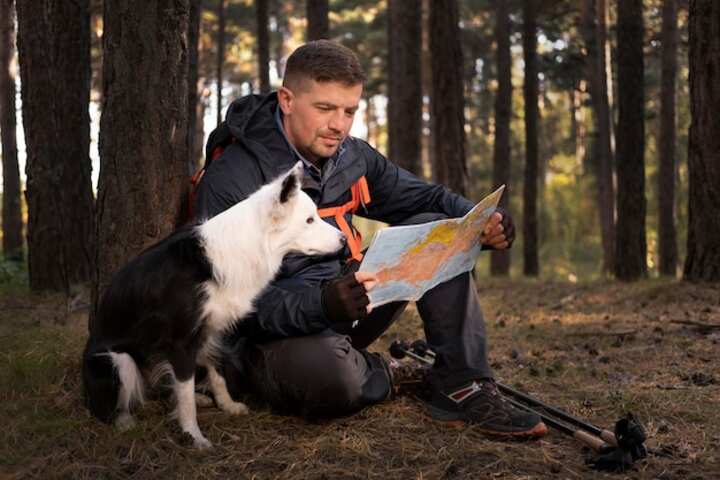
Effective Pest Wildlife Control Your Trusted Local Experts
Wildlife can add charm and value to a natural setting, but when animals encroach on human habitats, they can become unwelcome guests. Addressing wildlife intrusions promptly and efficiently is crucial to maintaining a safe and healthy environment. Local experts in pest wildlife control offer invaluable services to manage these encounters, ensuring both human safety and animal welfare. This article explores effective methods for pest wildlife control and provides insights into choosing trusted local experts.
Understanding Pest Wildlife Control
Pest wildlife control involves the management and removal of wild animals that pose a threat to human safety, property, or the environment. It requires a comprehensive understanding of wildlife behavior, habitats, and legal regulations. The goal is to mitigate risks while preserving ecological balance.
Common Wildlife Pests
- Raccoons: Known for rummaging through trash and nesting in attics.
- Squirrels: Often cause damage by chewing through wires and insulation.
- Skunks: Notorious for their odor when threatened, they can also dig up lawns.
- Bats: While beneficial for insect control, they can pose health risks if they invade living spaces.
- Birds: Certain species can damage crops and structures, or spread diseases.
Methods of Pest Wildlife Control
Effective pest wildlife control combines prevention, exclusion, and removal techniques. Employing trained professionals ensures humane and legal handling of wildlife issues. Here's an overview of common methods:
Prevention
- Seal entry points: Identify and close gaps in buildings where animals might enter.
- Secure food sources: Store garbage in wildlife-proof containers and clean up food debris.
- Landscape management: Trim trees and shrubs to limit access to roofs and other structures.
Exclusion
- Install barriers: Use fencing, netting, or other physical barriers to keep animals out.
- Use repellents: Apply non-toxic deterrents to discourage wildlife from entering specific areas.
Humane Removal
- Trapping: Employ live traps to capture and relocate animals safely.
- Professional services: Engage experts trained in handling wildlife to ensure compliance with local regulations.
For a comprehensive understanding of these methods, read more about this topic.
Choosing Trusted Local Experts
When selecting a pest wildlife control service, consider the following factors to ensure reliable and effective assistance:
Experience and Expertise
Look for professionals with a track record of successfully handling various wildlife issues. Experienced experts understand local wildlife habits and are familiar with state and federal regulations. Learn more in this detailed guide on what to expect from seasoned professionals.
Humane Practices
Ensure the service provider prioritizes humane and ethical wildlife control methods. This includes the safe relocation of animals and the use of non-lethal deterrents. Explore further insights here on humane wildlife control techniques.
Licensing and Certification
Verify that the service provider holds the necessary licenses and certifications, which demonstrate adherence to industry standards and legal requirements. Find additional information here on why licensing is important.
Conclusion
Effective pest wildlife control is essential for maintaining the balance between human and wildlife habitats. By understanding the methods of prevention, exclusion, and humane removal, and by selecting trusted local experts, individuals can manage wildlife encounters responsibly and efficiently. For those facing wildlife challenges, consulting with experienced professionals ensures both safety and compliance with environmental guidelines.